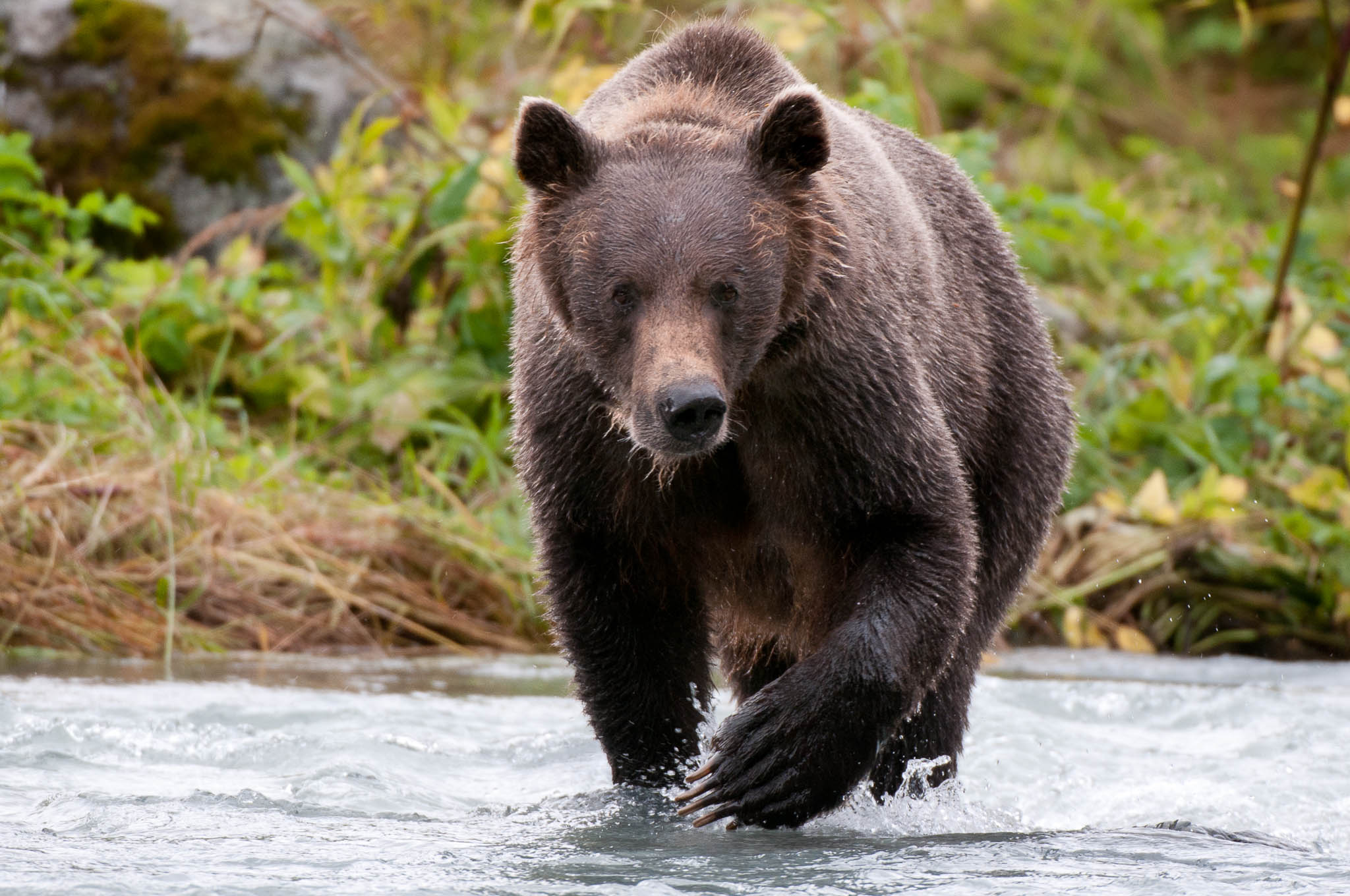
Wildlife Photo Tip #1: Be Safe
Spring means outdoors, which to me means being outdoors capturing images without going hypothermic. Spring also means that those wonderful, photogenic critters that have been holed up all winter come out to play, eat, sniff, eat, observe and eat some more.
In my wildlife e-book, The Photographer’s Eye: Wildlife, I share ten wildlife images that illustrate important photographic principles and explain how I got those shots. I also give ten tips that I feel are critical when attempting to snag images of wildlife that are keepers. Here’s #1 fro0m that collection of tips.
Be Safe
The first rule of wildlife photography is to stay safe. It sounds simple, but I have found that I need to do a mental safety check every so often because it is easy to lose oneself in the moment and forget the safety basics. Am I getting too close to the edge of the cliff in following that bird? Am I so absorbed in photographing those black bear cubs that I don't know exactly where the momma is?Always be acutely aware of your surroundings when photographing wildlife. Have an escape route mapped out in your mind. Never come between a mother and her babies (forget bears, I was almost pecked to death by an irate Arctic tern protecting its nest!).
If you do plan to photograph bears, a North American wildlife favorite, I strongly suggest having a trained guide with you, at least the first few times. Always keep a can of bear spray on your person. Practice and know how to use it so that if the occasion arises (let’s hope it never does!) you’ll know its limitations. Stay upwind when possible while photographing bears, so you can use the spray without it drifting back to you. That’s a very painful experience, let me tell you. Stay far away from bear cubs. An angered sow can accelerate to 30 miles per hour in seconds!
In the photograph here, I used a long lens to stay a safe distance from this bear. Even so, it got too close for comfort and I ended up grabbing my setup and walking away slowly, leaving all the the salmon just for him. If you click on the image and look at the claws, you’ll see why discretion is the better part of a good nature photograph.